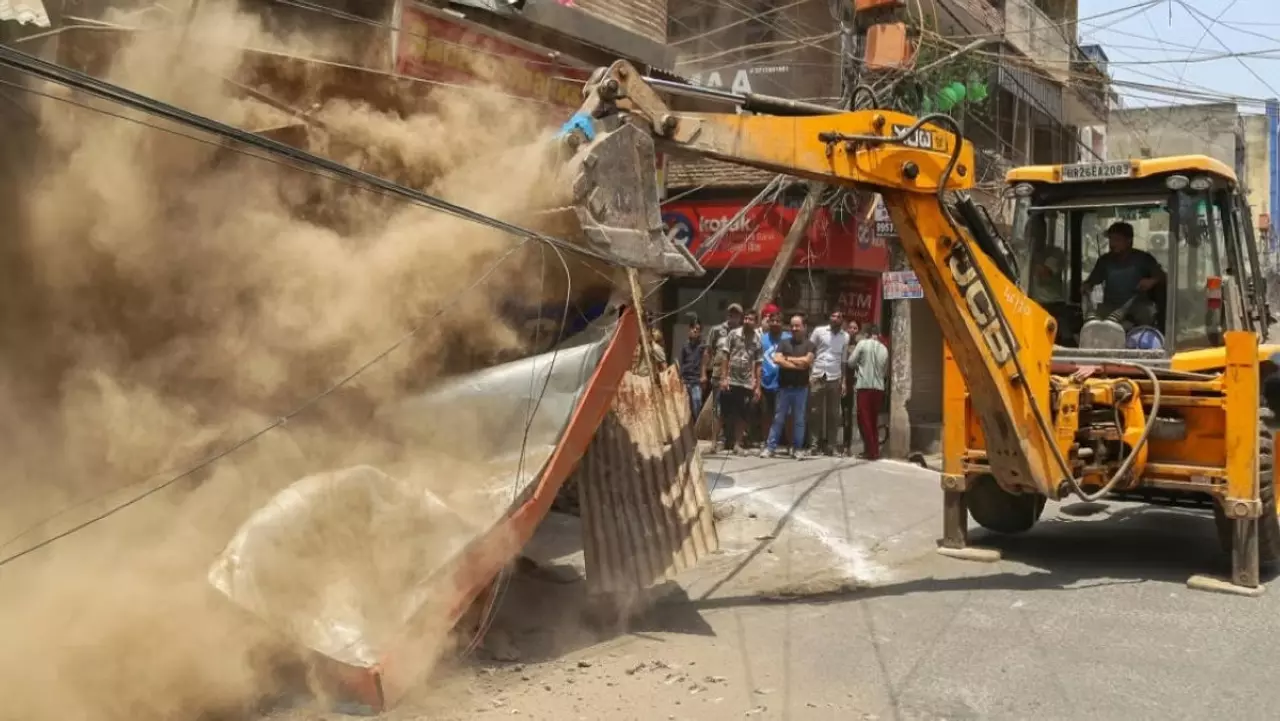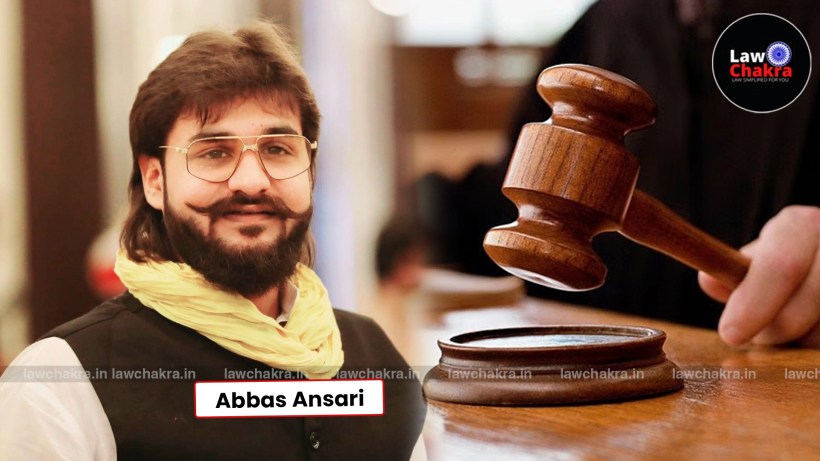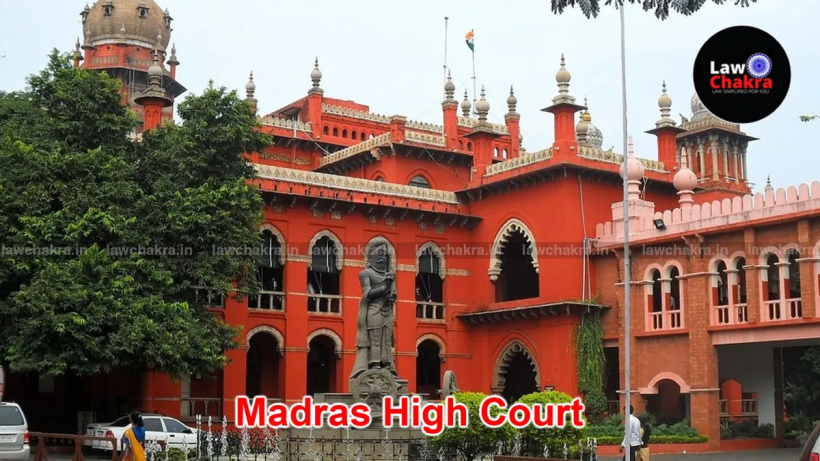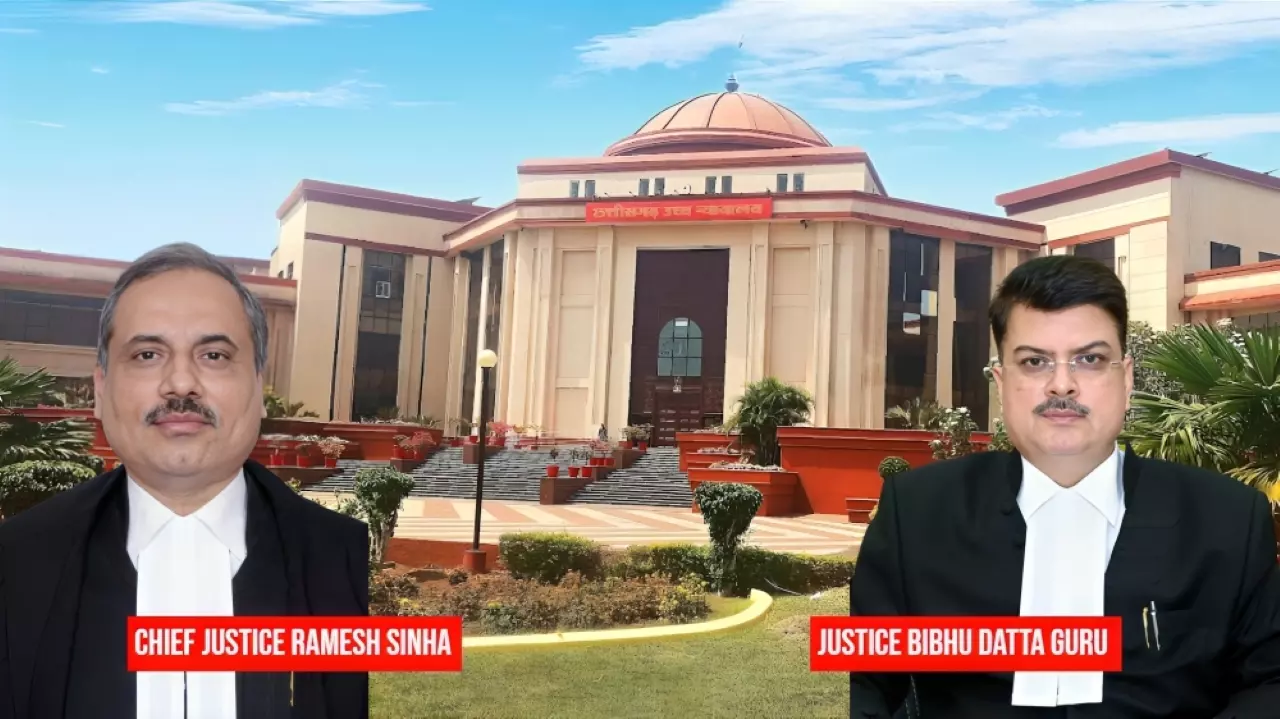Orissa High Court Orders Recovery Of ₹2 Lakh From Salary Of Tahasildar For Illegal Demolition


In a strong judicial retaliation against unlawful ‘bulldozer action’, the Orissa High Court has ordered the State to pay rupees ten lakhs compensation, out of which rupees two lakhs are to be recovered from the salary of the concerned Tahasildar, for illegally demolishing a structure belonging to a community centre.
Reprimanding the executive excess in clear derogation of judicial orders, Dr. Justice Sanjeeb Kumar Panigrahi gave flea in the ear of the Tahasildar through the following observation –
“This Court takes serious note of the conduct of the Tahasildar, whose actions in this case reflect a steady and conscious departure from the standards expected of a responsible public officer. When judicial directions were first issued, there was an opportunity to act with restraint and deference to the process of law… It was a deliberate act taken while judicial consideration was still underway.”
Background
A ‘goshtigruha’/community centre existed on land classified as ‘gochar’ (grazing land) which falls under the Odisha Prevention of Land Encroachment Act, 1972 (OPLE Act). The structure purportedly existed in some form or other since 1985, repaired after the super cyclone in 1999, and was reconstructed in 2016-18 using public funds sanctioned under the “Ama Gaon Ama Vikas Yojana” and the MLA-LAD fund.
The said building had been in continuous use for public welfare programs. It is alleged that though the land was classified as ‘gochar’, the authorities never objected to the construction or existence of gosthigruha. Even the villagers were willing to exchange some homestead land in lieu of the gochar land used for the centre.
While the matter stood thus, an encroachment proceeding was initiated in July 2024 under the OPLE Act and notices were issued. The petitioners challenged the said proceedings by filing a writ petition before the High Court. However, the High Court disposed of the petition directing the petitioners to file an application for settlement under Section 8A of the OPLE Act instead.
Accordingly, the petitioners complied with the direction of the Court by filing the relevant application, which was rejected citing lack of documentary proof of continuous possession, inauthenticity of resolutions, non-compoundability of the land category, and absence of registration. They challenged such rejection before the Appellate Authority-cum-the Sub-Collector.
On 29.11.2024, the High Court directed the respondent authorities to abstain from eviction during the pendency of the appeal. Despite the order, a new eviction notice was issued on 05.12.2024. The same was challenged again before the High Court and on 13.12.2024, High Court reiterated its stance, restraining eviction during the pendency of the appeals.
On the same day, i.e. 13.12.2024, the Sub-Collector concluded the hearing and reserved orders in the appeal around 4 PM. Surprisingly, at approximately 5.15 PM, a demolition notice was affixed, indicating that the structure would be demolished the next morning. On 14.12.2024 at 10:00 AM, the structure was demolished, allegedly without affording the petitioners adequate time to challenge the order or vacate the premises. Hence, this writ petition along with a contempt petition was filed.
Deep disregard for constitutional process
After perusing the incontrovertible facts, the Court opined that the action of the executive is not merely a breach of procedural safeguards, but it reflected a deeper disregard to constitutional process and institutional boundaries. It was carried out while the matter was still under active judicial consideration, with the appellate authority having reserved its decision and when final order was yet to be pronounced.
“This sequence of events raises not just concerns of administrative lapse, but of deeper institutional failure. An act as final and irreversible as demolition was carried out despite two standing judicial directions, and without even the most basic procedural safeguards mandated by the Supreme Court in In Re: Directions in the matter of demolition of structures,” it said.
The Bench further observed that when the State proceeds to demolish a structure knowing well that a judicial or quasi-judicial body is seized of the matter, it raises a serious concern. What is even more troubling, the Court said, is that the consequences of such executive haste are not merely institutional or procedural, they are deeply human.
“This case, therefore, cannot be assessed solely through the lens of administrative law. It must also be understood as an instance where a constitutionally protected interest in property was extinguished not through judicial determination, but through executive fiat,” it added.
The judgments of the Supreme Court in N. Padmamma v. S. Ramakrishna Reddy (2008) and Jilubhai Nanbhai Khachar v. State of Gujarat (1994) were cited to solidify the legal position that the protection of right to property under Article 300-A is not merely procedural but substantive in nature.
“What is at stake here is not the legality of one demolition, but the integrity of a constitutional culture. When executive action arrogates to itself the role of judge, jury, and executioner, the harm that follows is not merely institutional, it is civic. In a democratic society governed by the rule of law, process is not an inconvenience to be bypassed when found burdensome.”
Office of Tahasildar carries weight of constitutional responsibility
Justice Panigrahi was particularly irked by the speed and secrecy with which the entire episode unfolded, in a display of insolence to multiple clear judicial orders.
“Structures built with public funds, maintained for public welfare, and functioning without any recorded opposition for decades, were reduced to rubble in a span of minutes, without affording even the courtesy of lawful procedure. It is not the structure alone that has been demolished. It is the dignity of law-abiding citizens who sought protection not through confrontation but through courts. The executive is not merely expected to enforce orders, it is expected to wait when courts ask it to pause. That pause was wilfully ignored,” the Judge sighed.
The Court took serious note of the temerity of the Tahasildar in violating the judicial orders and in proceeding with the demolition with unjust haste even before the Appellate Authority could pronounce its verdict.
“As the matter progressed and remained pending before the appellate authority, the expectation of caution became even more pressing. Yet, when the hearing concluded and the order was reserved, the Tahasildar proceeded not with circumspection, but with haste. The decision to carry out a demolition at that juncture cannot be explained as a procedural misstep.”
While illuminating the errant public servant, the Court went on to the extent of observing that Tahasildar is not a mere administrative post, rather it is a position that carries the weight of constitutional responsibility, particularly when it comes to enforcing the law at the ground level.
Directives of Supreme Court mandatory
It was clarified that the directives issued by the Apex Court in its landmark judgment in Re: Directions in the matter of demolition of structures, 2024 LiveLaw (SC) 884 are not ‘aspirational guidelines’, rather those are enforceable mandates.
“The Supreme Court, invoking its power under Article 142, did not request compliance. It imposed it. These directives must be treated not as peripheral suggestions but as minimum constitutional thresholds. The failure to issue a 15-day show cause notice, the absence of a reasoned order, the denial of appellate remedy, and the lack of video documentation are not merely checklist oversights. They are compound violations that nullify the very idea of lawful governance,” the Court held.
Troubling pattern of ‘bulldozer justice’
Serious concern was expressed about the increasing trend of ‘bulldozer justice’ i.e. illegal demolition of structure without the authority or sanction of law. The Court got bent out of shape to condemn such illegal actions carried out with impunity.
“The facts of this case echo a growing and troubling pattern commonly referred to as “bulldozer justice”, where executive power, backed by machinery rather than reason, supplants legal process… It is not the bulldozer per se that offends constitutional sensibilities, but the ease with which it is deployed before the law has spoken its final word. In a system governed by law, force must follow reason, not precede it. Where the reverse occurs, the legitimacy of State action begins to erode, and with it, the credibility of institutions tasked with upholding the rule of law.”
Taking into account breach of judicial orders and procedural safeguards, coupled with the cost of reconstruction, the loss suffered, and the gravity of administrative misconduct, the compensation was fixed at ₹10,00,000. Out of this amount, ₹2,00,000 was directed to be deducted from the salary of the Tahasildar for his direct involvement in the unlawful act.
“Appropriate Departmental proceedings shall be initiated against the Tahasildar, and a copy of this judgment shall be placed before the Chief Secretary and Revenue Secretary for necessary compliance. It is further directed that the Chief Secretary shall immediately issue a detailed guidelines to all the Revenue officials and Municipal authorities of the State taking into account the guidelines issued by the Supreme Court in, In re: Directions in the matter of demolition of structures, W.P.(C) No.295 of 2022,” it was further ordered.
Case Title: Kumarpur Sasan Juba Gosti Kendra & Ors. v. State of Odisha & Ors.
Case No: W.P.(C) No. 1373 of 2025 along with CONTC No. 801 of 2025
Date of Judgment: June 20, 2025
Counsel for the Petitioners: Mr. Ninad Laud, Advocate along with Mr. L.K. Moharana, Advocate
Counsel for the Respondents: Smt. J. Sahoo, Addl. Standing Counsel
Citation: 2025 LiveLaw (Ori) 82





